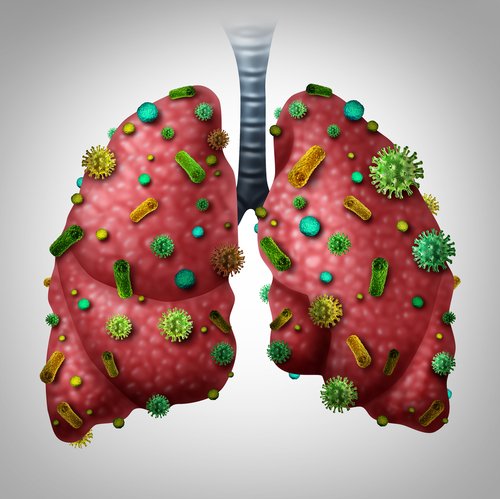How Certain Bacteria Resist Antibiotics to Become Virulent in CF and Other Diseases Focus of Thesis

A deeper understanding of how bacteria like Pseudomonas aeruginosa acts and survives in people despite antibiotic treatment was the focus of a doctoral thesis, along with a recommendation for antibiotic combinations that might work better those what’s currently in use.
The thesis, “Host-pathogen interactions in Pseudomonas aeruginosa invasive and respiratory tract infection,” is by Magnus Paulsson, who recently earned a doctor medical science from Lund University, Sweden. The work, at present, is not published.
Chronic lung infections caused by P. aeruginosa are major concerns for patients with cystic fibrosis (CF) and chronic obstructive pulmonary disease, and for people using urinary catheters. In some cases, these infections are caused by forms of the bacteria that are highly resistant to antibiotic therapy, making them a challenge to treat.
“We live longer, which also means that there are more people who live with various diseases,” Paulsson said in a press release. “Therefore, infections caused by Pseudomonas aeruginosa and other bacteria that affect people with impaired immune systems have become more common.”
According to the researcher, P. aeruginosa resists antibiotics due to the existence of bacterial vesicles — small particles produced by these organisms that carry and spread several bacterial molecules. One such molecule is called beta-lactamase, which breaks down antibiotics.
Moreover, these spreading vesicles immune response to their presence. In fact, the vesicles protect their cargo and block the immune system’s ability to destroy beta-lactamase. This way, P. aeruginosa protects itself and survives in the human body.
Paulsson also showed that a treatment using two different types of antibiotics can reduce mortality up to five times, but the combination was not evident in the thesis available online. However, “the choice of treatment was critical, [and] particularly choosing a combination-treatment including ciprofloxacin was beneficial,” the researcher wrote.
Paulsson also studies the mechanisms by which P. aeruginosa settles in the lungs. He found that the bacterial vesicles promote the production of a protein called vitronectin, whose activity controls the immune system response. By exhibiting vitronectin at their surface, bacteria protect themselves against such responses.
“The process was previously known, but our study is the first to show that this can happen in our lungs,” Paulsson said.
He is now focused on studying possible ways to stop bacterial infection using vaccines or other mechanisms to promote the activity of the immune system.







